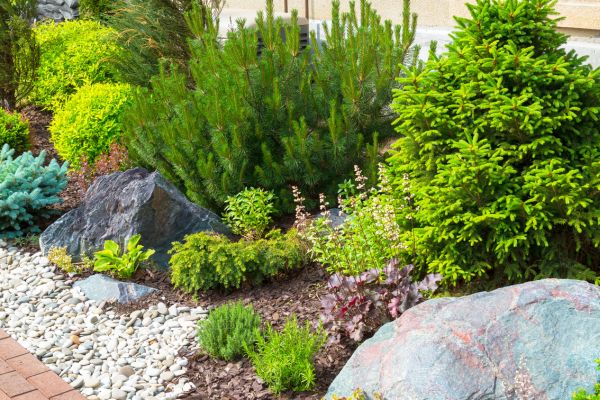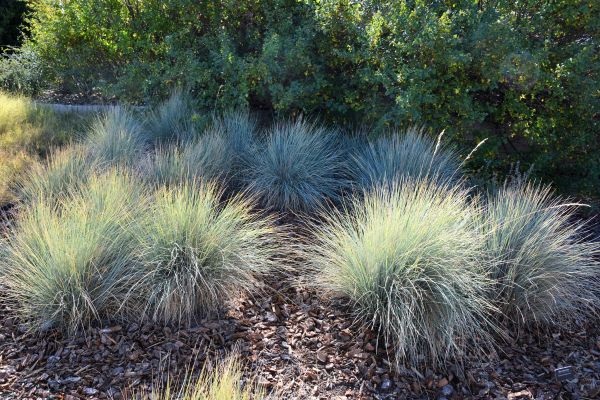Colorado, the land of majestic mountains and breathtaking vistas, is also facing a harsh reality: water scarcity. With a growing population and a changing climate, every drop counts. And that’s where low-water landscapes come in, not just as a trendy design choice, but as a vital step towards a sustainable future for our state.
Simply put, low-water landscapes are designed to thrive with minimal watering. Instead of thirsty turf lawns, opt for drought-tolerant plants, natural elements, and smart design choices to create a beautiful and sustainable space. Think vibrant wildflowers, colorful succulents, xeriscaping principles, and water-saving features like drip irrigation.
Why does it matter for Colorado homeowners? Well, the benefits are numerous:
- Save water, save money: Traditional lawns can guzzle gallons of precious water, driving up your water bill and putting a strain on our limited resources. Low-water landscapes, on the other hand, can reduce your water usage, translating to significant savings on your water bill.
- Discover the beauty of drought-tolerant plants: Ditch the monoculture of thirsty turf and say hello to a diverse and colorful landscape. Low-water plants come in a stunning array of textures, shapes, and colors, adding visual interest and attracting pollinators like bees and butterflies.
- Reduce maintenance: Say goodbye to endless hours of mowing and watering! Low-water landscapes are naturally low-maintenance, requiring less weeding, fertilizing, and mowing, freeing up your time for more enjoyable activities.
- Support the environment: By conserving water, you’re not just helping your wallet, you’re contributing to a healthier ecosystem. Low-water landscapes promote healthy soil, reduce erosion, and provide habitat for native wildlife.

Making the switch to a low-water landscape is easier than you think. Here are some tips:
- Start small: Don’t rip out your entire lawn overnight. Begin by replacing thirsty turf with drought-tolerant plants in specific areas.
- Choose the right plants: Research native plants that thrive in your specific climate and soil type. There are countless resources available from local nurseries and extension offices.
- Get creative with hardscaping: Incorporate rocks, gravel, mulch, and pathways to add visual interest and further reduce water needs.
- Utilize water-saving practices: Invest in a drip irrigation system and mulch your plants to retain moisture.
Remember, a low-water landscape isn’t just about saving water, it’s about creating a beautiful, sustainable, and resilient yard that reflects the unique spirit of Colorado.
When you’re ready to make the switch, book a consultation with Denver Garden Designs to learn about how you can transform your turf lawn into a beautiful and ecologically-friendly low-water landscape.

